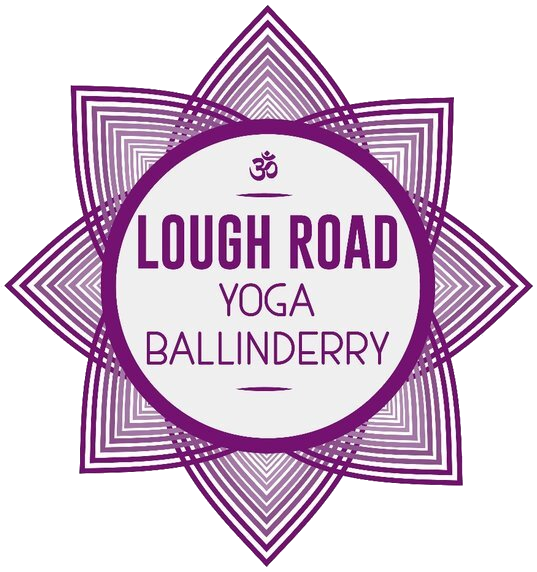What is Restorative Yoga?
I was always really drawn to this type of yoga. I feel that it is a bit like a very long, extended yoga nidra, you know that part that most people love at the end of a yoga class. It has become a whole subset of yoga now on it’s own. I often get asked “ what is restorative yoga”, so I thought I’d write a bit about it, and try and explain what it is to me.
Origins
It is thought that BKS Iyengar was the first teacher to really develop and practice this style. He was injured during a strong yoga practice and also had several chronic health problems in his youth. Rather than give it up altogether, his unique vision was to integrate traditional yoga poses with props, and being in the poses for much longer. So it became a type of inaction, rather than action. He wrote a brilliant book on the subject, The Path to Holistic Health, full of amazing illustrations and sequences for a host of different conditions. Restorative yoga falls firmly into the category of yoga therapy, which is applying yoga techniques to help with whatever is going on with your body or your mind.
From the original development of restorative yoga, it has now really diversified and grown in popularity. Many books have been written and some teachers have fully devoted themselves to this style only.
What happens during a restorative class?
I’ve been to many over the years and all have been unique. Some teachers get straight down to business and you are lying down from the start, others will do some breathing or stretches or meditation before the restorative postures begin. Sometimes stretches are done in between the restorative postures too. Also, the amount of props that are used varies from class to class or teacher to teacher. There are no hard and fast rules, but the main object is to be as comfortable and warm in each posture as possible.
Once you have got all of the props into place and feel supported, then generally you stay there for an extended period of time. It can be 10 minutes, 15, 20, 30. It really depends on the theme of the class, who turns up and what the teacher has planned. Usually though a great many props are used during a restorative class. These include cushions, bolsters, chairs, belts, blocks, blankets, sand bags and eye masks. It is possible to have a stripped down practice with less, or to use your own things at home, there are some great swaps you can use so that you aren’t out of pocket, but the main things that can’t be swapped and those are comfort and warmth. If either of these things aren’t achieved, then the class is not going to be restorative at all and might even have the opposite effect!
Who is restorative yoga for?
You’ve probably heard the saying “yoga is for all”, and this really is true. There is a style of yoga for everyone and there is a teacher or several teachers for everyone. However, not everyone can do a restorative class and enjoy it. Anyone with an injury might need to do a variation of the posture that everyone else is doing. Someone who is pregnant might not be able to lie on the back for long or at all. You need to be able to move from one posture to another, even if there are only 3/4 done in the class, so that needs to be taken into consideration too.
It looks pretty easy and it’s just lying down and being still, but if your mind is really busy, then this might be very challenging. For a lot of people, the biggest challenge is being able to just switch off. The class size tends to be limited as it is a lot of work for the teacher. They have to make sure that each student is in the best position, sometimes the student doesn’t know themselves that they need an extra cushion or that the blanket isn’t on right, or lots of other things that the trained eye picks up. If you have a large group, it is virtually impossible to ensure that your students all get the attention that they need. That is if they want attention, and it is perfectly fine to want to be left alone in your postures too.
The benefits
The benefits are many and varied. Basically the practice is so versatile that it can be adapted to any theme and any group. If the object is to improve sleep, then the postures can be carefully chosen to promote better sleep patterns. For back issues, you would then choose postures that support that. It’s great for stress, anxiety, high blood pressure, during pregnancy and after pregnancy, for perimenopause and menopause. I think of it as a giant hug, or the right thing at the right time. I don’t do it all the time, but when I need it I know that it will hit the mark every time.
So, next time you see a class advertised in your local yoga studio, why not sign up for it? It isn’t taking anything away from your flow class or your faster paced classes, but it might just give you an option for the next time you are recovering from an injury, have less energy than usual or feel like you need some balance in your life. Yoga is the gift that just keeps giving!
Further reading
